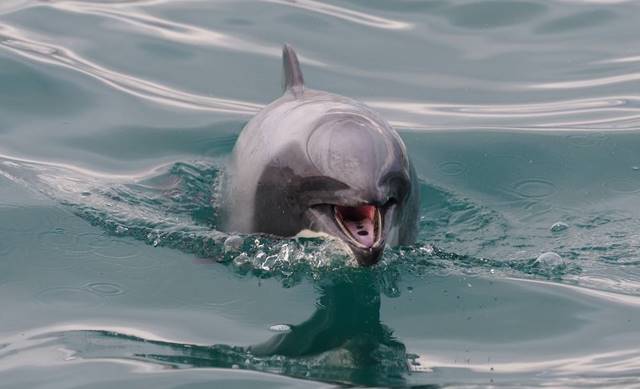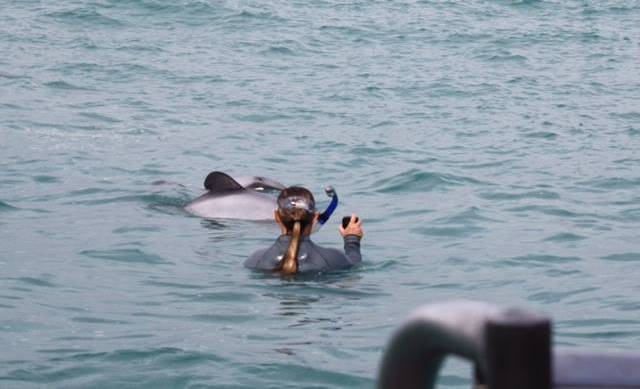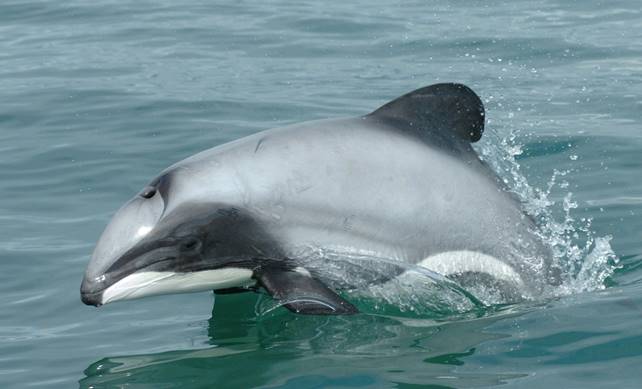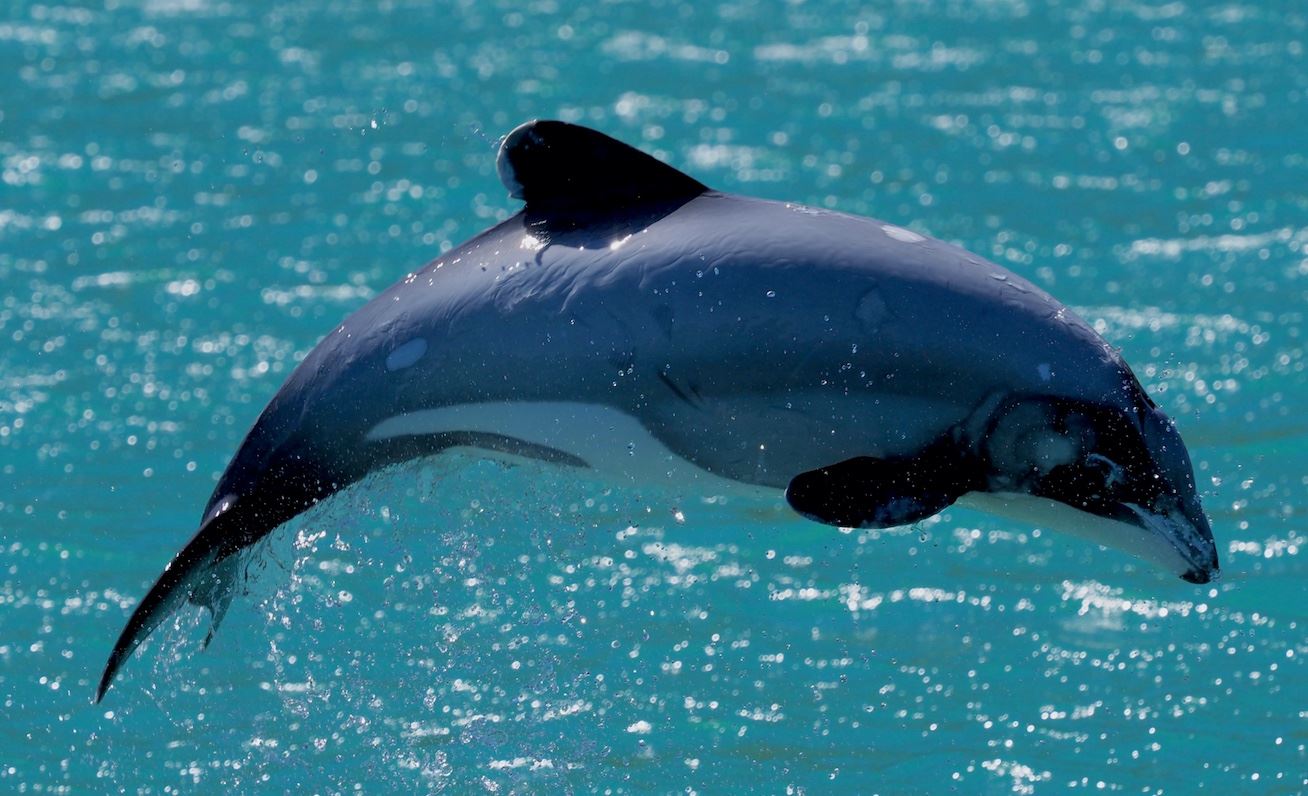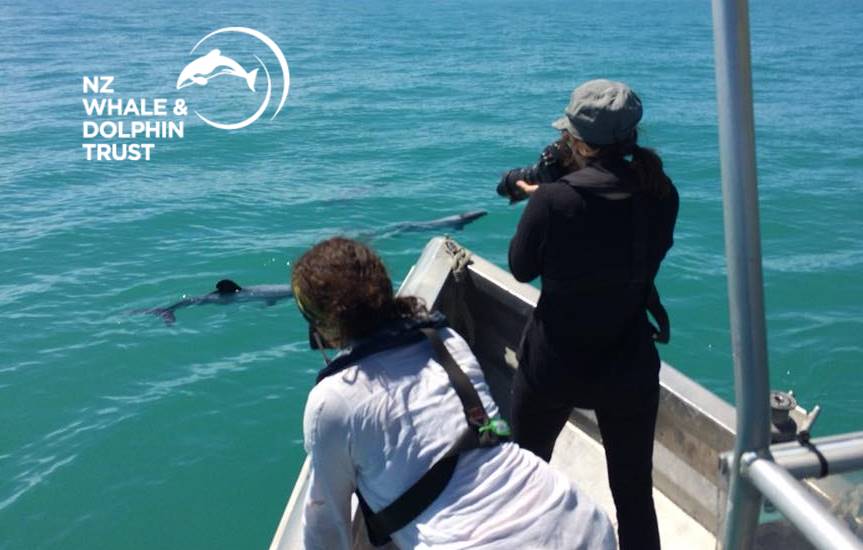
Fundraising target: £2,100 +
Funds donated: £2,100
Project: essential kit for field research and monitoring of Hector’s and Maui dolphins. This is one of 21 projects nominated for our 21 For 21 programme.
21 For 21 Project Partner: New Zealand Whale & Dolphin Trust
NZWDT is a world-class, research driven organisation committed to the conservation of New Zealand’s whales and dolphins.
Find out more about NZWDT Set up a 21 For 21 Fundraising Page.
About NZ Whale & Dolphin Trust
NZWDT is the only research and conservation organisation working with whales and dolphins in New Zealand. Their research includes population surveys, studies of whale and dolphin reproduction, survival and human impacts. Research is firmly focused on ensuring sustainability and recovery.
They are the leading authority on Maui’s and Hector’s dolphins, and the only group actively researching their conservation.
Hector’s & Maui Dolphins
Hector’s and Maui dolphins are endemic to New Zealand. Hector’s dolphin is the South Island subspecies, Maui dolphin is the North Island subspecies. Both Hector’s and Maui dolphins are endangered due to deaths in gill nets and trawl nets.
Maui dolphin is the rarest and smallest subspecies of dolphin. Listed by IUCN as Critically Endangered there are fewer than 50 left in the world. The last population estimate which was taken several years ago and is no longer accurate found just 57 dolphins (1 year and older). This is less than 5% of the original population size.
With about 10,000 individuals today, the South Island Hector’s dolphin population is less then 30% of its original numbers. The population is highly fragmented.
The most vulnerable populations of these dolphins exist in Porpoise Bay, on the southeast corner of the South Island, off Otago and the east coast of the North Island.
New Zealand’s dolphins are easy to recognise since no other dolphin has a rounded dorsal fin. NZ dolphins are very small, up to 1.4 metres long. Other dolphins are roughly human-size, about 2 metres long, or larger. NZ dolphins live in waters of up to 100 m depth.
NZ dolphins have very large brains. This is reflected in their complex behaviour and social system. They live in small groups of 2-8 individuals, which sometimes get together into larger groups of 20-30, at times even 100 or so dolphins. The smaller groups of 2-8 individuals are usually made up of only males or only females and their calves.
Their social system is described as ‘fission – fusion’. In other words, if two groups of dolphins meet, they don’t necessarily split up into their original groups again but may go on to form new and different groups when they go their separate ways.
NZ dolphins eat red cod, yellow-eyed mullet, stargazer, squid and a range of other species – this has been established from examining the stomach contents of dolphins that were found dead on beaches or caught in fishing nets.
Like most dolphins, NZ dolphins have a very slow reproductive rate. A female can expect to have her first calf when she is 7 to 9 years old, and she will have one calf every 2 to 4 years after that. They only live to about 25 years. That means an overall population growth rate of about 2%. In other words, a population of 100 NZ dolphins can grow by 2 individuals at most in any one year. That makes them very vulnerable to human impacts.
Fishing net ban
We know that removing fishing nets from the dolphins’ habitat makes a huge difference. At Banks Peninsula, gillnets have been banned up to 4 nautical miles from shore since 1988 and trawling up to 2 nautical miles since 2008. Trust researchers have found that this has increased their survival by more than 5%. The Banks Peninsula dolphin population had been declining at 6% per year and is now almost stable.
Extending protection to all waters up to 100 m deep would allow Hector’s and Maui dolphins to recover.
Protection for Dolphins
Much better protection is needed to allow NZ dolphin populations to recover from the rapid declines of the last three decades.
By banning gill nets and trawl nets in all waters less than 100 metres deep where these dolphins forage, as recommended by the IUCN and International Whaling Commission and transitioning to dolphin-safe fishing methods (including fish traps and hook and line fishing) New Zealand’s dolphins can be saved.
21 For 21 Funding will assist NZWDT researchers working in the field by helping to provide essential kit including boat fuel, lifejackets, VHF radios and GPS units.
Images courtesy of NZWDT

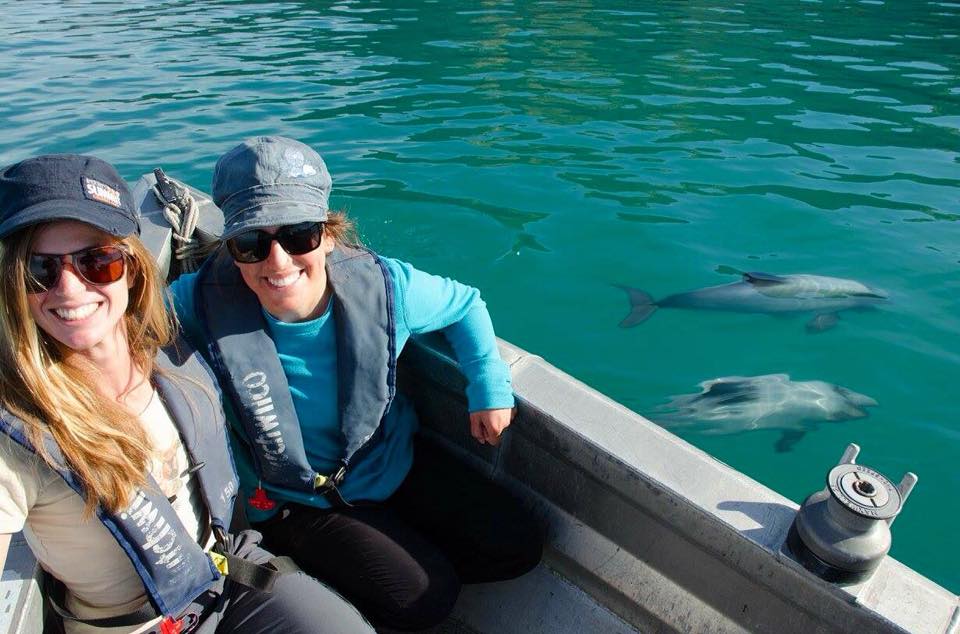
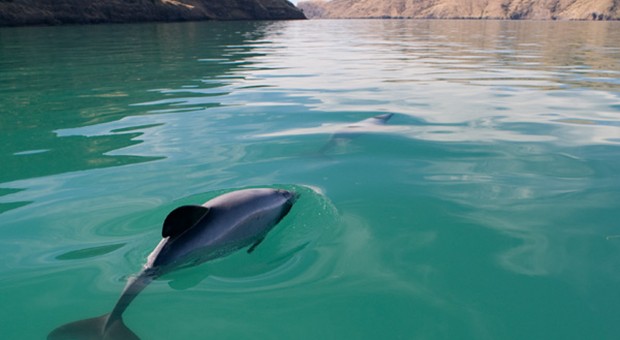
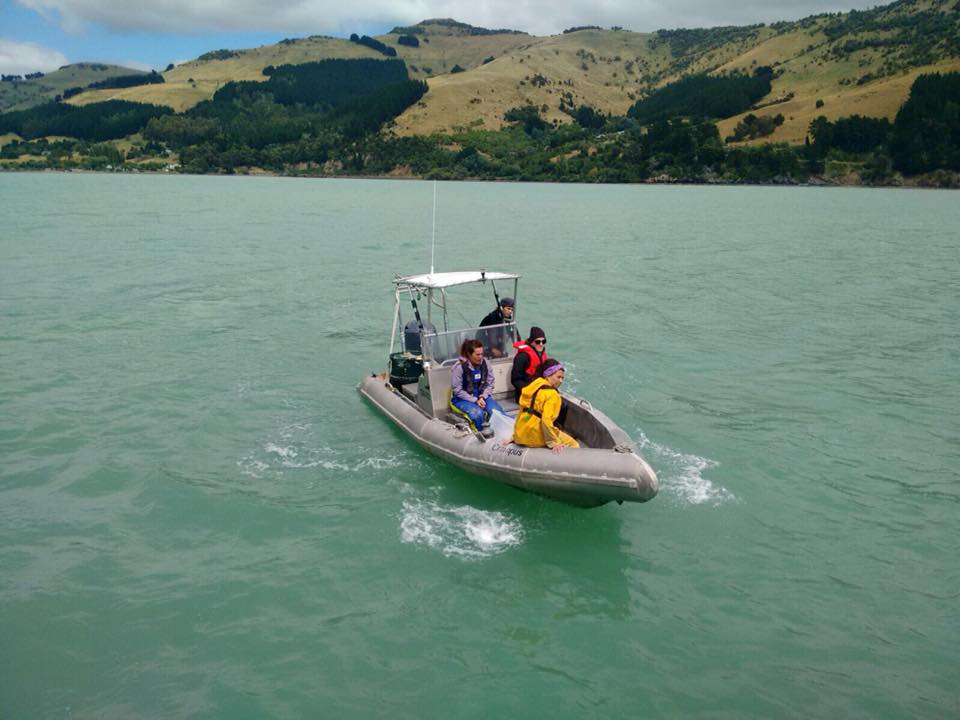
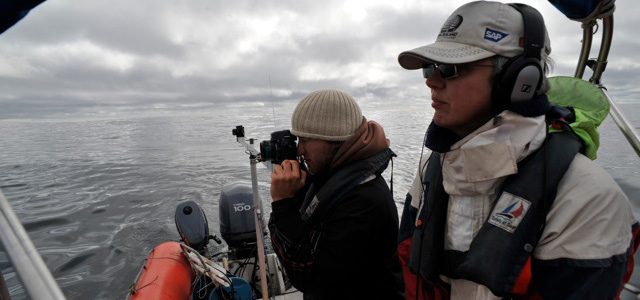
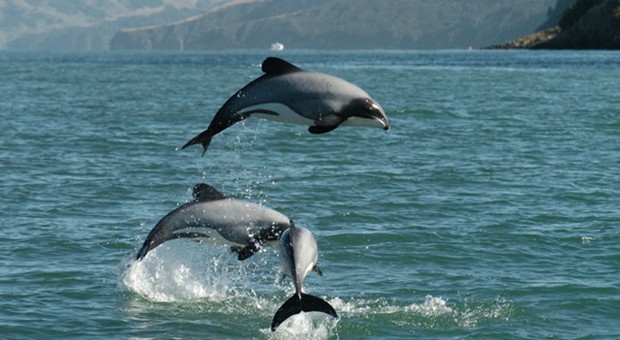
All funds raised during 2021 will contribute to the 21 For 21 Project Fund so please do sign up for a sponsored challenge (details here), support our creative initiatives, or make a donation if you are able to. Every Pound makes a difference. Thank you.
